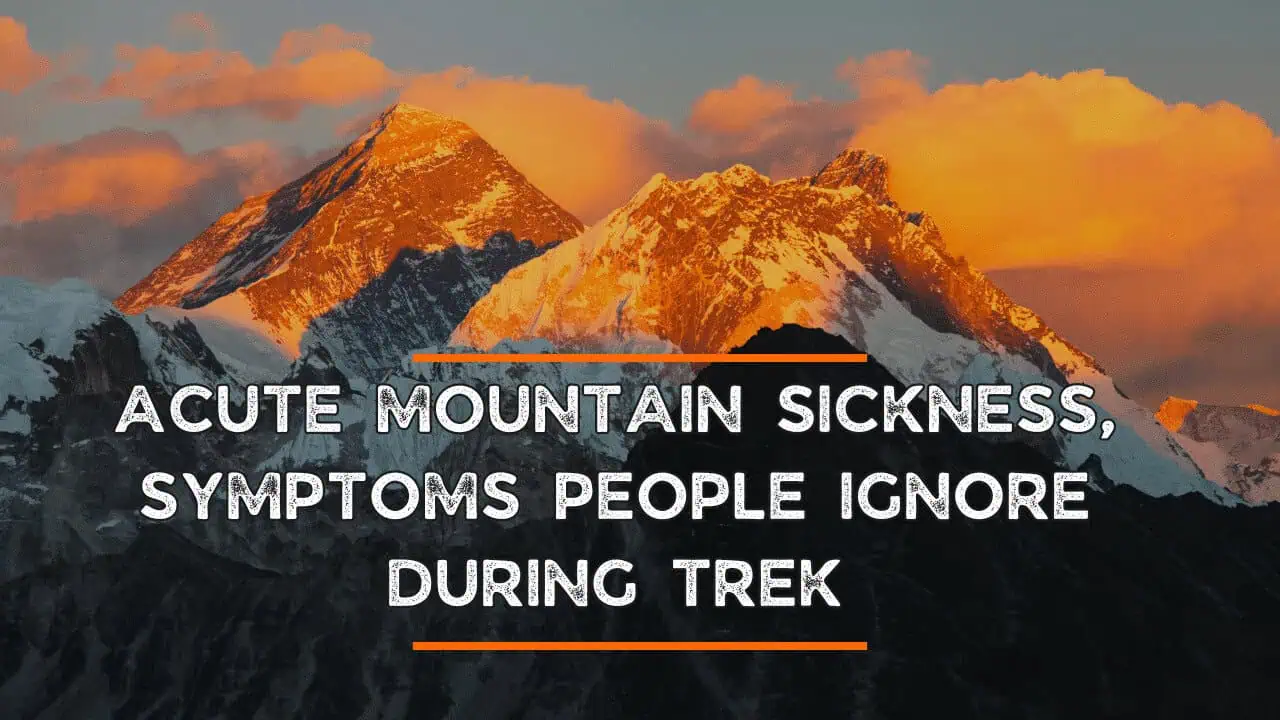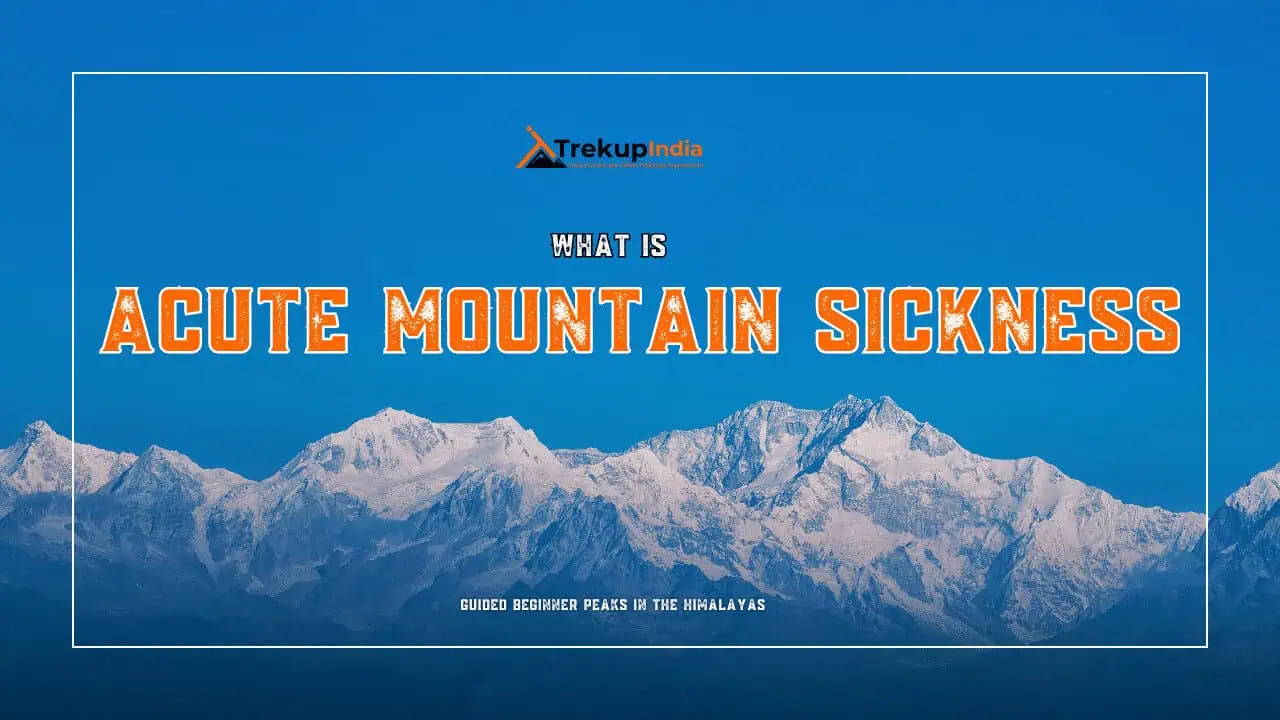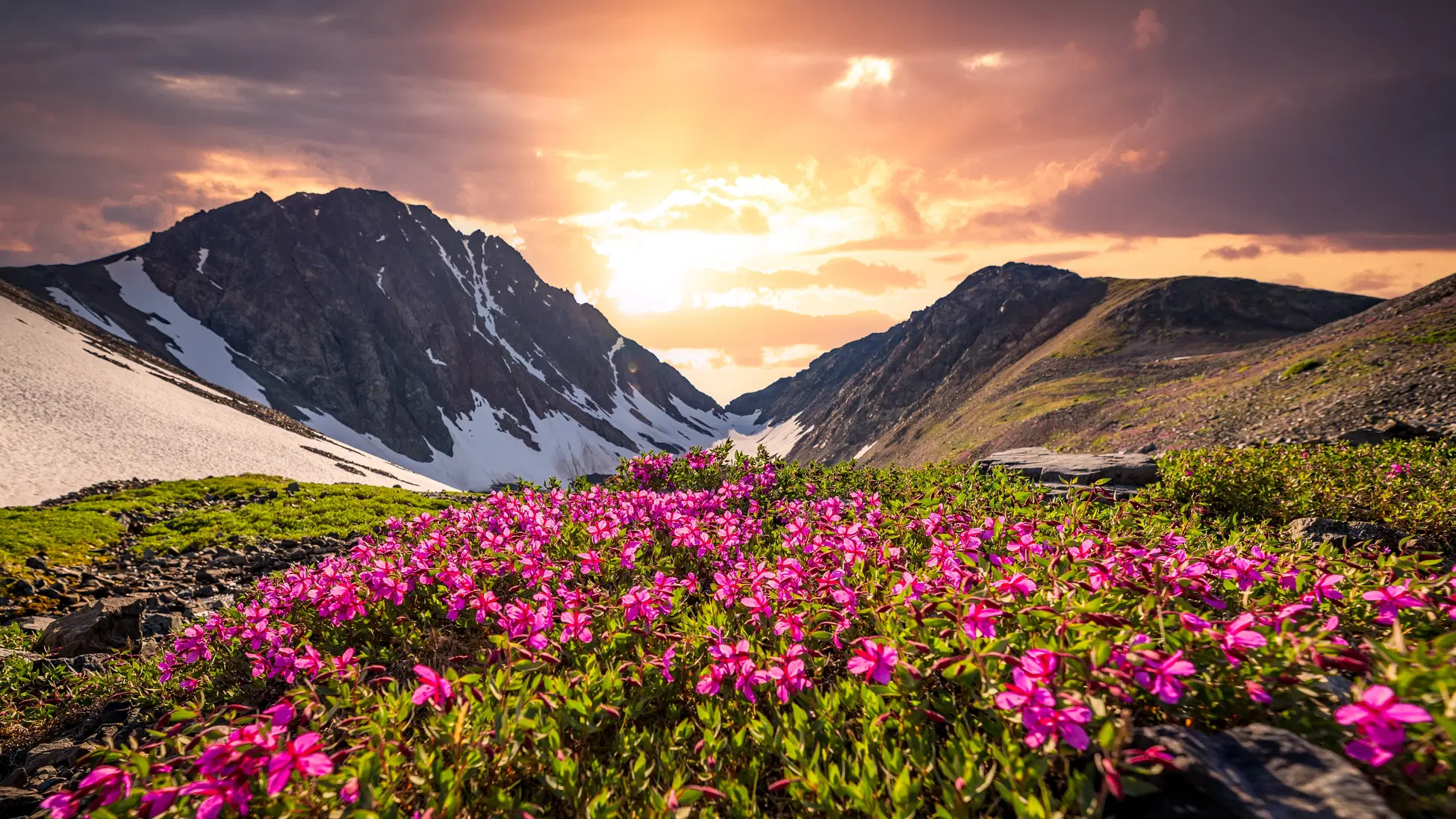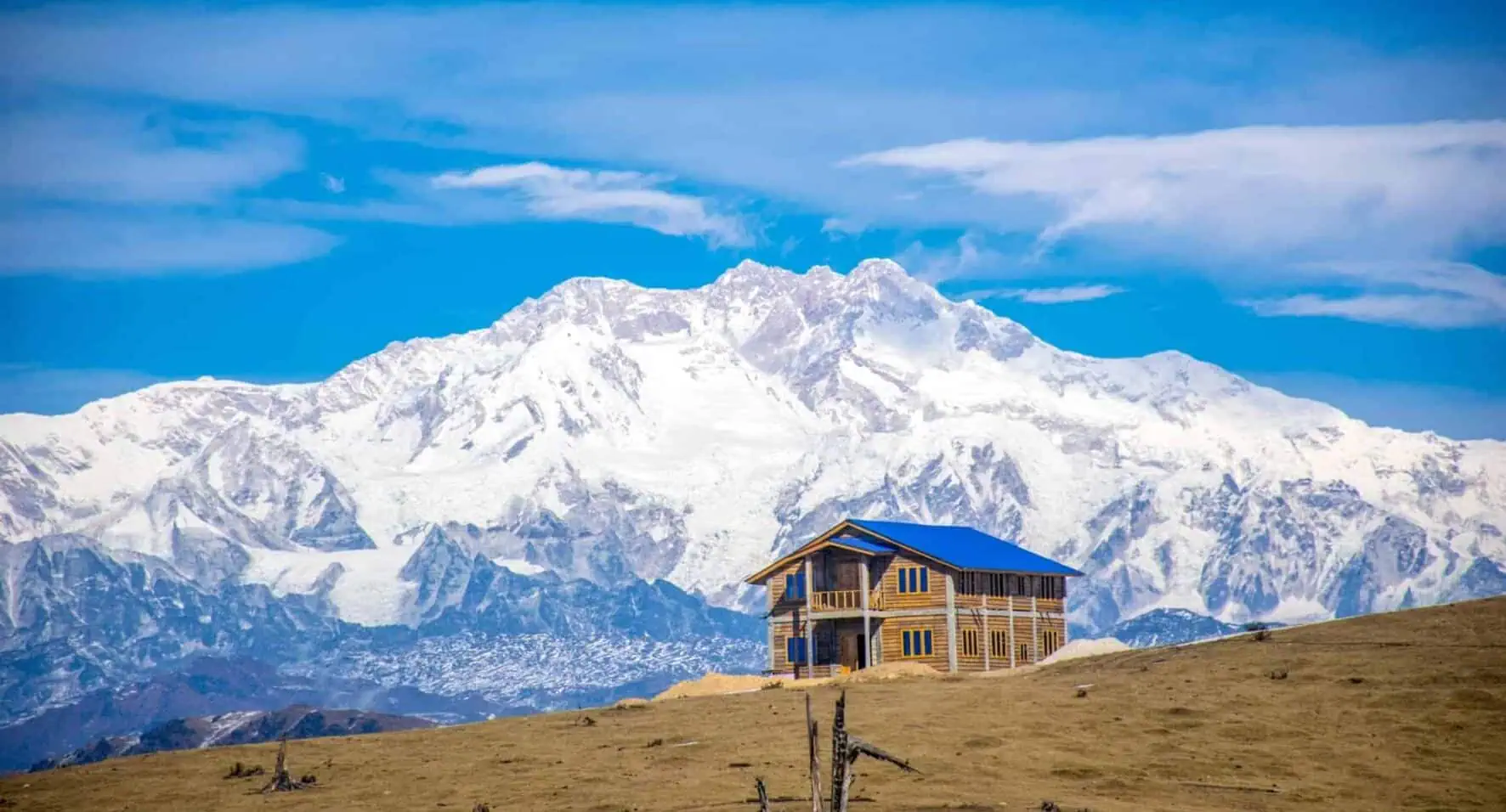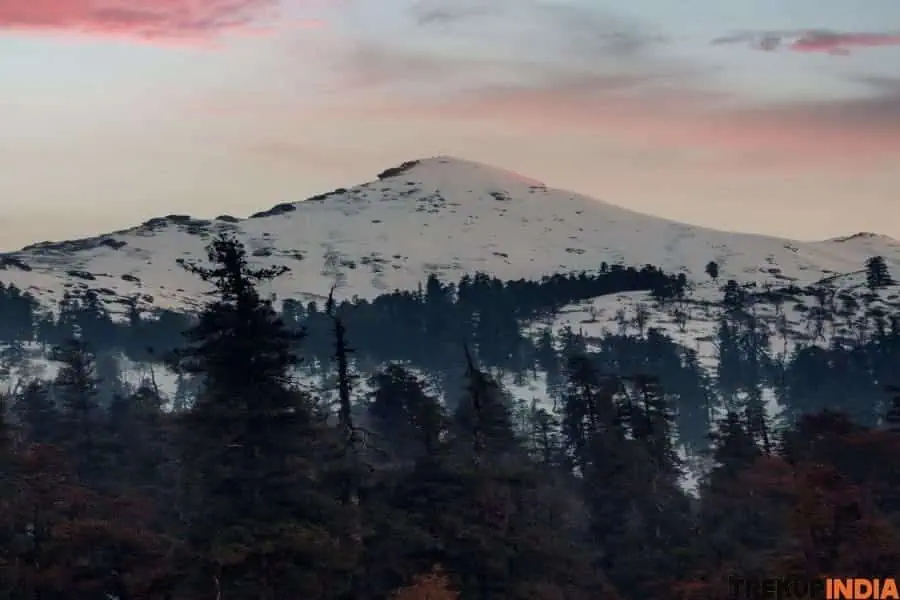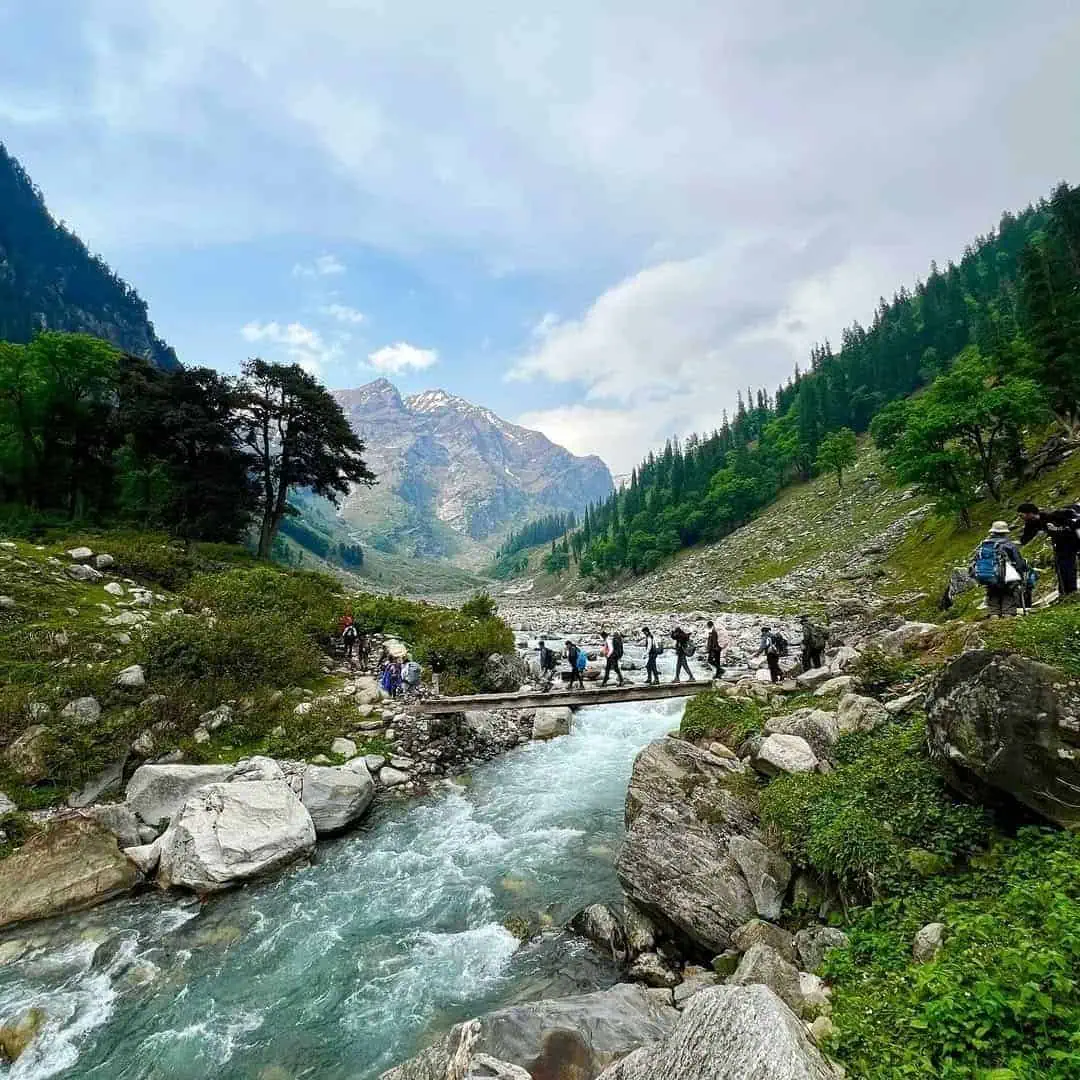Trekup India Trek Checklist: Prep for Your Expedition
Preparing for your trek involves more than simply filling your backpack. Proper organization, training, and preparation of the backpack should all play an integral part in ensuring an enjoyable adventure, whether that means climbing Kedarkantha’s snowy heights, strolling lush treks of Tarsar Marsar, or trekking over Pin Bhaba Pass – preparation is key to guaranteeing both safety and enjoyment during any adventure.
At Trekup India, we know that being well prepared is key to an enjoyable trekking experience. Therefore, we have created an extensive pre-departure checklist for trekkers joining any Trekup India expeditions.
1. Essential Trekking Gear
- Clothing (Layering is Key!) A basic layer, thermowicking thermal top, and lower should be considered essential (avoiding cotton is recommended).
- Middle Layer: A down or fleece jacket to provide insulation.
- Waterproof/windproof outer jacket (check weather).
- Walking Pants that are fast drying, comfortable, lightweight, and durable are essential when out walking or traveling for any length of time.
- Thermals should always be packed on treks to higher altitudes as evening temperatures may become extremely chilly.
- Socks should be woolen or synthetic (2-3 pairs; do not use cotton).
- Lightweight gloves designed for gripping and insulation against winter conditions.
- Cap/Hat and Beanie Combination for Cold Mornings
Footwear for Trekking
The following shoes should be considered essential: Ankle Support, Water-proof, and well-worn-in (never use brand new footwear on any trek!).
Camp Shoe Sandals or flip flops provide lightweight relaxation options.
Backpack & Accessories
- A 40-60L backpack equipped with a raincover and soft straps.
- Daypack (10-20L) – Best for summiteering trips and shorter excursions.
- Walking poles that can be adjusted and folded are strongly advised.
- Headlamp with extra batteries (red lighting mode can be particularly helpful when it’s dark out) for use at night.
- UV-protected sunglasses designed to enable snowshoeing.
2. Essential Personal
- Items in Health and Hygiene, such as Hydro Bladders and Water bottles (2-3 L capacity).
- An Essential Emergency Kit contains bandages, antiseptic cream, painkillers, and blister tape, as well as Diamox for high altitude use.
- Personal Medications: Allergic reaction, motion sickness, etc.
- Sanitizer and Toiletries: Biodegradable soap, wet wipes, tissue, sunblock (SPF 50+), lip balm, and sunscreens.
- Toilet Paper and Ziplock bags (to carry waste away in ecologically sensitive areas).
Food & Hydration
Pick up energy bars or dry fruit snacks as quick bites for energy on your trek.
Electrolytes/ORS – Help prevent dehydration by replenishing lost fluids.
Lightweight Cutlery: A Foldable Spoon and a Reusable Mug are essential pieces to have when traveling light.
3. Technical & Safety Gear navigation tools
- Map, Compass, or GPS navigation (even when guides are included).
- Multi-tool/Knife for Emergencies – Always have one handy in case of emergencies.
- An Emergency Whistle and Lightweight Rope can come in handy when dealing with unexpected situations.
- Power Bank – High-capacity or solar-powered Power Banks provide crucial backup power on treks that are far away from electricity sources.
- Filtering Tablets for Water is recommended over bottles made of plastic.
4. Preparation
Exercise Checklist (4-6 weeks before event )
Fitness Training Strength of Leg Exercise (squats, lunges, and calf raises),
Mental Readiness
Evaluate the difficulty and terrain before setting out.
Prepare yourself to cope with unpredictable weather as well as basic living conditions.
Keep your eye on the prize! Running is both an exercise in mental and physical strength!
5. Final Checks Before Departure
Before travelling abroad, always carry original and photocopies of travel permits and IDs, as backup.
cash may not always be readily available at remote ATMs.
Communicate your itinerary as well as emergency contact numbers with family/friends as an extra precautionary measure.
Check for updates regarding snowfall/rainfall at the last minute. backpack weight should not exceed 10-12kg (unless on an adventure trip).
Conclusion
TrekUp India encourages sustainable trekking by encouraging responsible practices – such as using fewer plastics and respecting local cultures when traveling abroad. Mountains reward those who put in enough training time, so check your gear and start training smart to be ready for an incredible trip.
Share this article
Want To Trek Like Pro?
Check out the following videos if you want to trek like a pro trekker and improve your skills. These videos contain helpful tips, tricks, and techniques to help you trek like a pro. Whether you’re a beginner or an experienced trekker, these videos can provide valuable insights to enhance your trekking experience. So, watch the videos below by Trekup India experts to take your trekking skills to the next level.
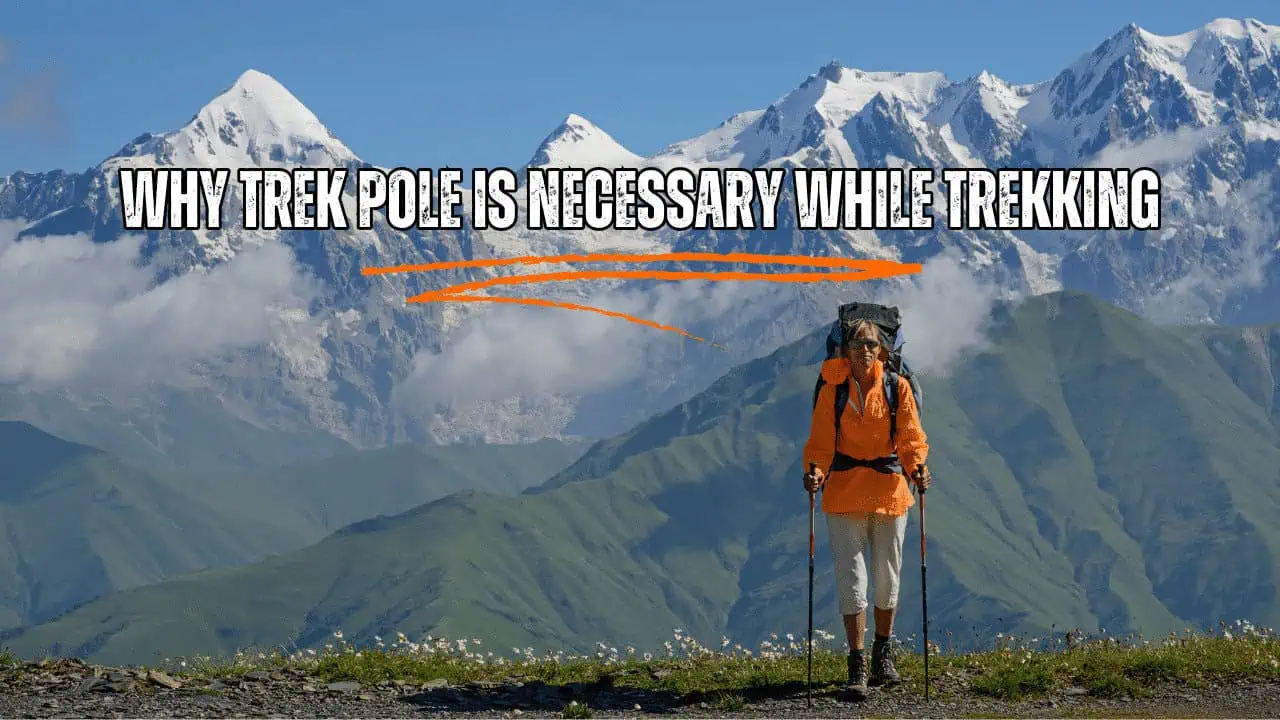
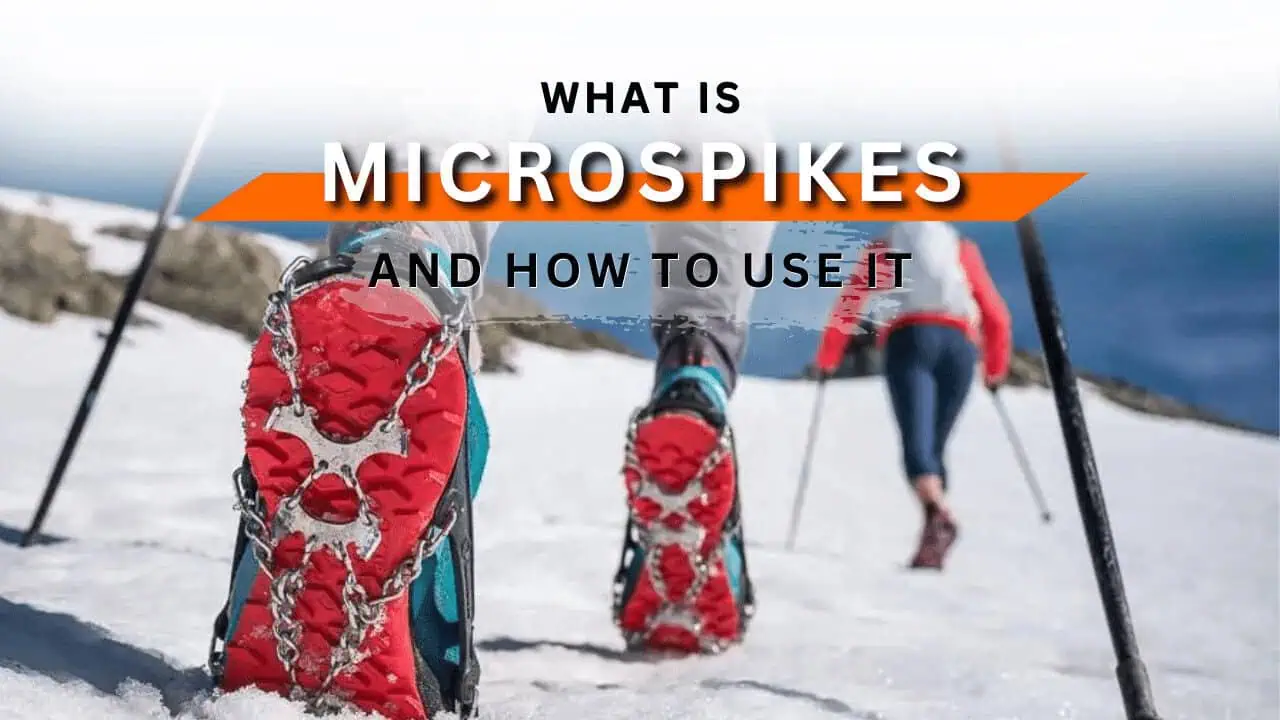


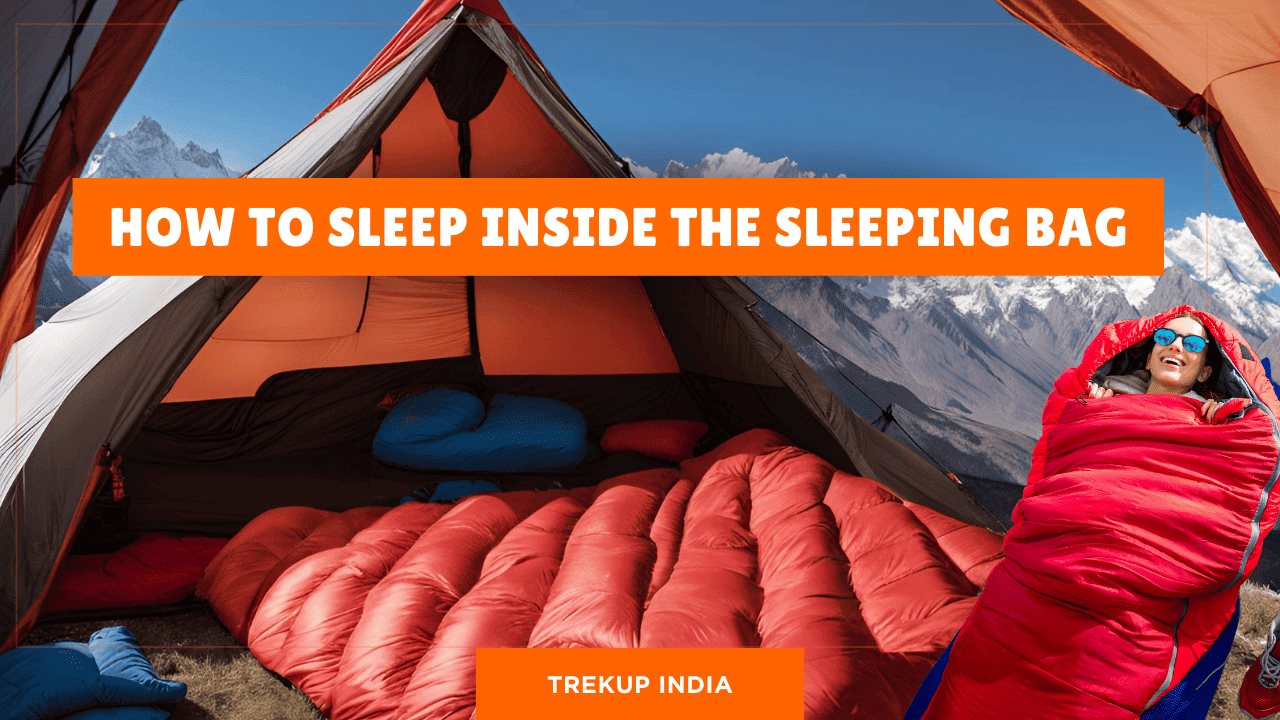

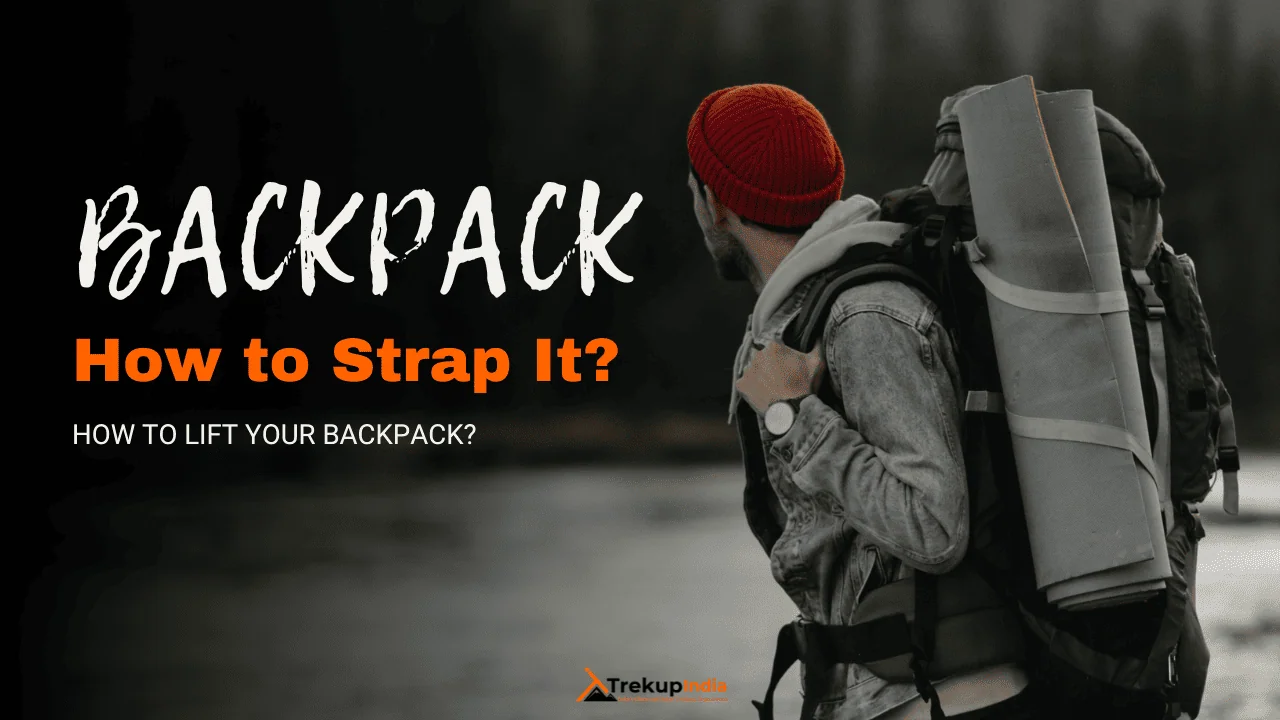
Know Everything About Acute Mountain Sickness
Acute Mountain Sickness is a medical condition that can occur when individuals travel to high altitudes, typically above 8,000 feet. It is caused by the decrease in air pressure and oxygen levels in the air as altitude increases. Symptoms of Acute Mountain Sickness may include headache, nausea, vomiting, dizziness, and difficulty sleeping. To avoid Acute Mountain Sickness, it is important to gradually adjust to high altitudes and seek medical attention if symptoms worsen. To learn more about this condition, check out the videos by Trekup India.
